2010 Dodge Avenger Review
It’s often been said, that today that you can’t buy a truly bad car any more. Well perhaps, but still there are plenty of offerings out there that can best be described as mediocre or dull. The Dodge Avenger, since it’s launch for 2008 has come in for a fair amount of criticism, but since we at AutoGuide, like to take much of what we hear with a pinch of salt, we thought it was about time we subjected Dodge’s mid-size offering to a proper test.
FAST FACTS
| 1. Two engines are offered, a 173-hp 2.4L, 4-cylinder and a 235-hp 3.5L V6. |
| 2. The V6 is a $2,050 option on pricier RT models but comes with a 6-speed automatic transmission. |
| 3. Fuel economy is rated at 21/30 mpg (city/hwy) for the 4-cylinder and 16/27 mpg for the V6. |
| 4. Electronic stability control is a $425 option. |
MINI-MUSCLE STYLING
In many ways, this car reminds us of the old Plymouth Cricket, a British built small car, imported to North America by Chrysler in the early 1970s. If featured jazzy styling, with pronounced coke-bottle contours, but under the skin was about as exciting as a bowl of oatmeal. It had a choppy ride and was prone to understeer; plus like most British cars of the time, reliability and quality control were suspect at best. In its home market, the Cricket was called the Hillman (and later Chrysler) Avenger.
From a visual standpoint, there’s actually quite a lot to like about the current Dodge Avenger. The front is properly aggressive, aping big brother Charger. The same goes for the flanks. They’re a bit blocky, lending a somewhat slab sided profile, but the kick up around the rear doors and sloping roof line are nice touches and make the car stand out in this most generic of segments. Fit and finish is much better than past Chrysler products, particularly those of the mid to late 1990s (which included the first Dodge Avenger and its Chrysler Sebring twin), but lacks behind cars like the current Chevy Malibu and Ford Fusion.
PLENTY OF PLASTIC AND NOT MUCH ROOM
Inside, the entry level Avenger SXT is basic and acres of hard plastic scream rental car all the way. SXT and the sporty R/T models can, however, be fairly well spec’d out, with features such as a Chill Zone drink cooler above the glovebox and a myGig system, which integrates the navigation and car entertainment systems, plus allows you to download music files and store them on a built-in hard drive.
However, despite the advent of a revised instrument cluster on all models for 2010, the interior still feels cheap, especially the switchgear. The seats are fairly soft (even R/T models don’t offer a great deal of support), leaving the impression that this car is more performance pretender than contender. The low roofline eats into rear headroom and, truth be told, the back seat actually feels quite tight, especially when it comes to rear legroom, making the car feel more like a 2+2 than a regular family sedan, despite it’s overall size.
OUTDATED 4-SPEED AUTOMATIC LIMITS PERFORMANCE AND OTHERWISE DECENT FUEL ECONOMY
For 2010, two engines are offered on the Avenger, a 2.4-liter twin cam four, that comes as standard on the SXT and R/T models, while a single overhead cam 3.5-liter V6 (a version of which is shared with big brother Charger) is optional on R/T models.
The four-banger – dubbed the “World Engine,” is rated at 173 horsepower and 166 ft-lbs of torque, however, the biggest problem is that it’s coupled with Chrysler’s veteran four-speed automatic transmission. As a result, the Avenger is nowhere near as sporty to drive as it looks. The engine is fairly harsh, acceleration rather glacial and it takes what seems an eternity for the transmission to kick down, especially when you’re trying to overtake or traverse a decent grade.
To make matters worse, you’ve got an engine that’s fairly peaky – max torque doesn’t come in until 4400 revs, yet the transmission wants to up-shift at the earliest opportunity. On the upside, fuel economy isn’t bad; the four-cylinder will return 21-mpg in the city driving and 30-mpg on the open road.
If you are considering an Avenger, then the R/T does give you the option of upgrading to the V6 engine for an additional $2,050. This 3.5-liter unit, a holdover from the old Intrepid, has its positive and negative attributes, however.
At 235 horsepower and 232 ft-lbs of torque, it seems like a healthy amount of grunt and pulls hard on the open road, but the engine’s output is still far less than some V6 powerplants offered in the mid-sized segment. The saving grace of the V6, however, is the six-speed automatic transmission coupled to it that works much better than the four-speeder does with the 2.4. Yes, peak power comes in slightly higher rpm, but there’s a lot more torque below 4000 revs and the car’s gearing delivers a much more satisfying spread of power under normal driving conditions. Fuel mileage is noticeably worse in the city at 16 mpg, but on the open road is almost comparable to the four with a 27-mpg rating.
STIFF SUSPENSION AND LOOSE STEERING NOT THE BEST COMBINATION
However, you need to watch for torque steer on the V6 R/T. The electrically assisted steering is over boosted and fairly sloppy at best, causing the front end to dart if you get on the throttle quickly. It also makes the car a bit difficult to control over potholes and expansion joints, much like a worn out F-body Camaro with sagging springs.
All Avengers boast a fully independent suspension with front MacPherson struts and four-link rear (pretty much standard fare in most small and mid-size cars these days), yet if you’re expecting the traditional cushy ride of most American rental sleds, you won’t find it here. Even on the base SXT models with 16-inch wheels, damping is fairly firm and on R/T models with bigger 17s it’s even more noticeable. The result is fairly competent handling (neutered somewhat by the slow steering) and minimal body roll for a typical mid-size car under most driving conditions, but the firm ride can be tiring on longer journeys, especially if you have to deal with rough or broken up pavement that’s common in places like the North Eastern U.S. or the Rust Belt.
All 2010 Avengers, even the base cars, come standard with four-wheel discs and anti-lock brakes. Stopping power is moderately good, but by no means class leading. Feel is a bit on the numb side (somewhat like the steering) and under repeated panic stops, we noticed a bit of vibration from the rotors, which is only likely to get worse as the mileage increases.
What bothers us more than this, however, is that stability control is optional and not standard equipment. Those who want this valuable safety item will have to fork over an extra $425.
For 2010 Dodge lists the Avenger SXT with a MSRP of $20,230 and the sportier looking R/T at $21,730. That’s fairly competitive by mid-size standards, but given the price differentiation between the two models, there’s very little reason to consider the SXT over the R/T, especially in a climate when dealers are offering such attractive incentives as cash allowances and zero percent financing.
THE VERDICT
Although fairly high on style, the Avenger doesn’t deliver the snazzy performance and fun its exterior shape suggests and in most respects falls short in just about all areas when viewed against the mid-size competition. It is however fairly competitively priced, but in all honesty, even if you must drive a Mopar, you’re probably better shopping for the bigger Charger – especially considering the Avenger’s somewhat cramped rear quarters. The Charger packs similar styling, far greater substance and proper rear wheel drive performance, for not a lot more money.
RELATED READING
2010 Ford Fusion Sport Review
2009 Chevrolet Malibu Review
2010 Toyota Camry Review
2009 Nissan Altima
2010 Subaru Legacy: First Drive
2009 Chevrolet Malibu Review
2008 Honda Accord EX-L Navi Review
2010 Suzuki Kizashi: First Drive
2009 Hyundai Sonata Review
2009 Kia Optima / Magentis
LOVE IT
- Mini-muscle styling
- Attractively priced
- Six-speed auto on V6 models
LEAVE IT
- Firm ride
- Tight back seat
- Numb steering
- Stability control not standard
- V6 fuel economy and power not up to class standards
- Should we go on?
More by Huw Evans




















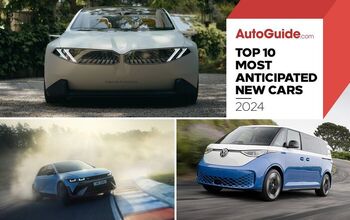

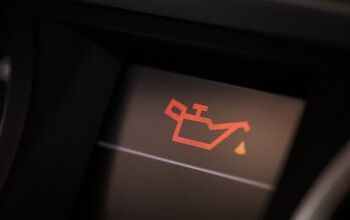
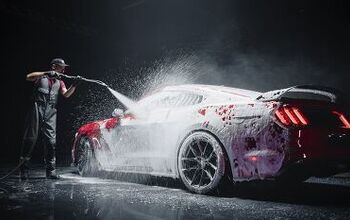
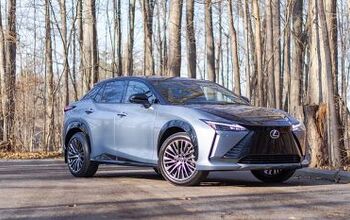

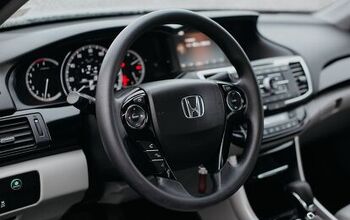


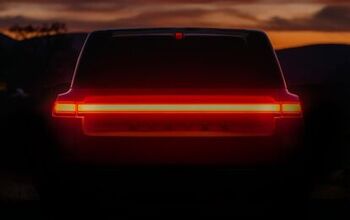
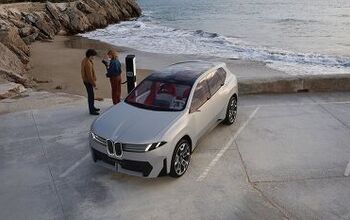
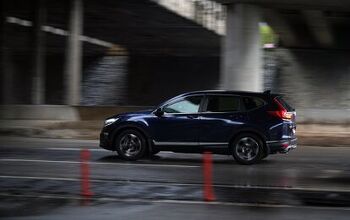
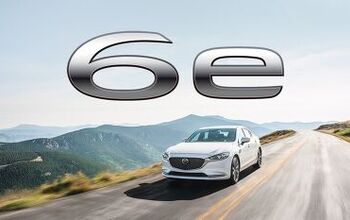

Comments
Join the conversation
I am looking for the fuse panel